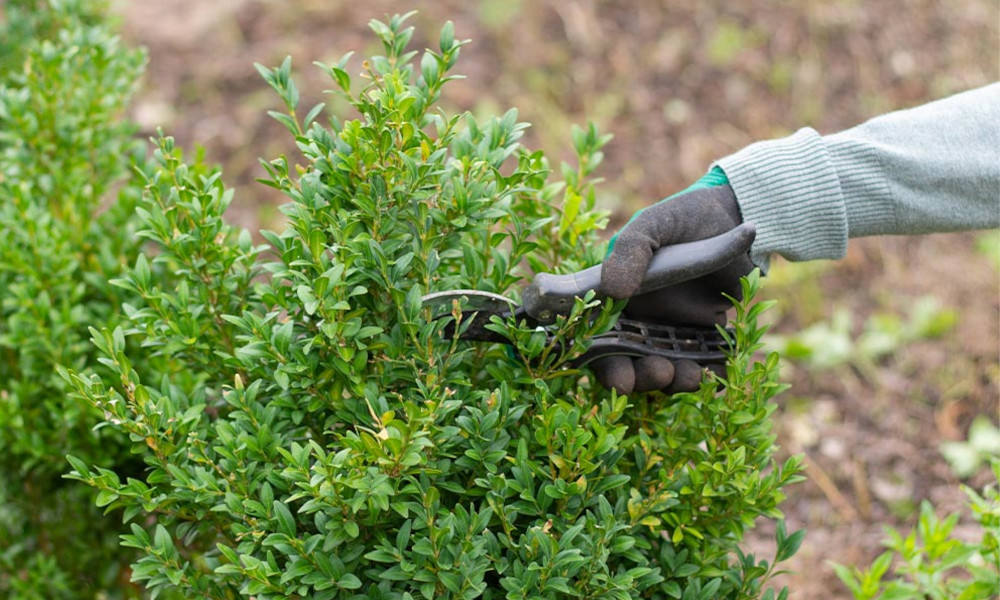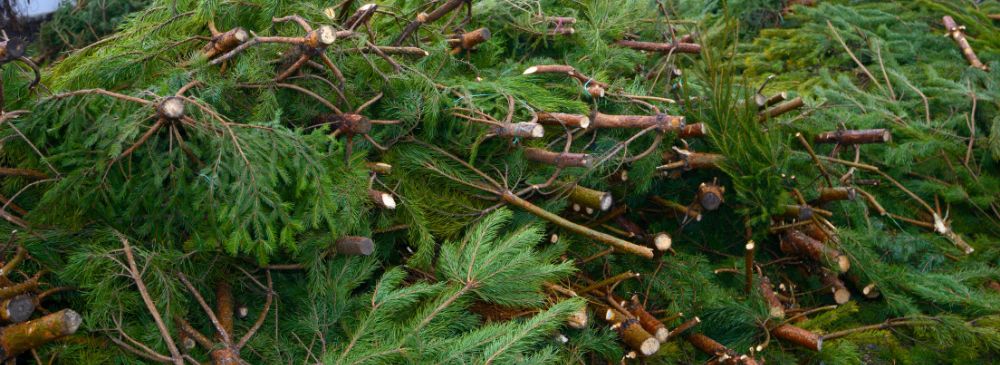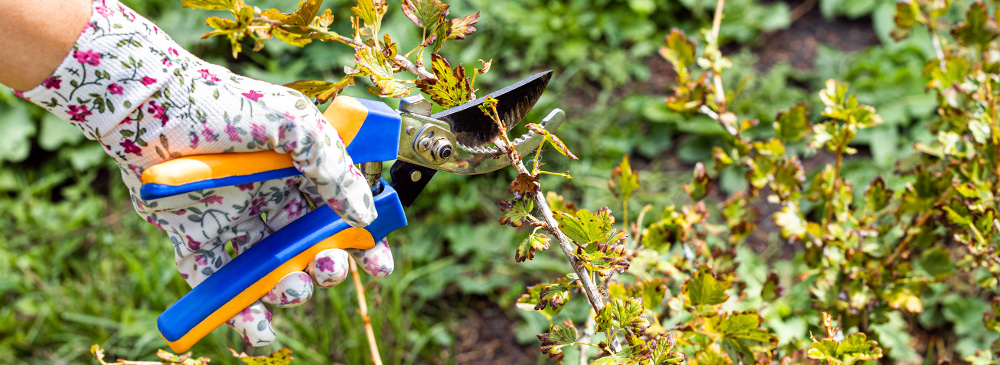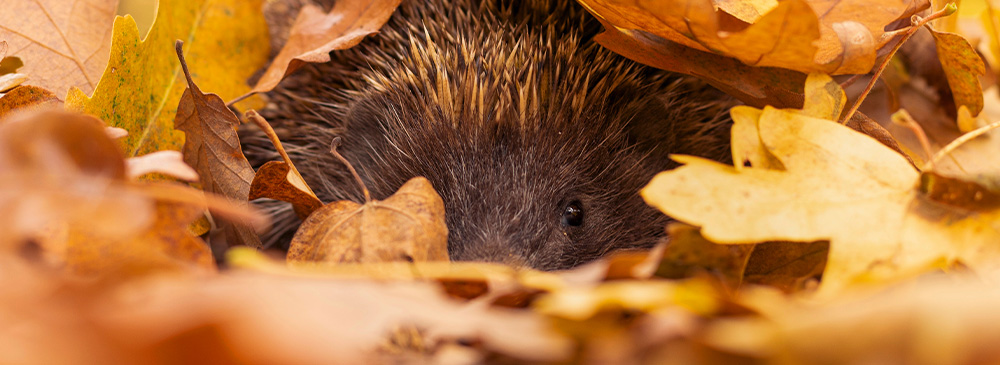gardening jobs for January
gardening jobs for January

The festivities have finished and yet winter is still in full force. This means that January can sometimes feel like a difficult month with the ‘hangover’ of Christmas and the novelty of New Year long gone. However, in the garden, there is a slow stir of anticipation for the coming year. After all, in January the days are getting longer, and we can focus our thoughts back to our outside spaces (even if we prefer to stay tucked up in the warm). Let's dive into gardening jobs for january
Life After Christmas Trees

For those of us who opt for a real Christmas tree you will be looking for ways to dispose of the spent fir. Many council refuse collections offer services in January to take the tree away and these are invaluable. However, if you have the capacity to chop it yourself then it can become excellent firewood for next winter once it has seasoned. Alternatively, fir chippings make for wonderful ericaceous mulch – ideal for blue hydrangeas, rhododendrons and heathers – some refuse sites or local shops offer a shredding service so why not ask if you can take your shredded tree home and use it for your plants? You could of course add it to the compost heap if you can cut it small enough which is another way to really get your money’s worth!
Pruning

Talking of trees – now is the time to begin winter pruning fruit trees. This encourages the spurs which will provide fruit for autumn. As always stick with the “three D’s” Dead, Damaged & Diseased and cut these branches back to a new shoot. Other things to consider are the height and shape of the tree, make sure that the tree looks balanced as this will help it in any storms. Take care to remove any branches that are crossing each other and create air flow through the tree to reduce the likelihood of bacterial infection. A great general rule to follow is that a pigeon should be able to fly through.
With trained fruit trees it is worth remembering that cutting back hard will produced stronger regrowth which will be perfect for training in the spring.
This guidance applies only to fruit trees other than stone fruits (such as Cherry and plum trees) as these should only be pruned in springtime and so you need to wait a little longer.
Provided there aren't hard frosts, you can include lightly pruning hedging & climbers to your list - before they start brimming with life and nesting birds early spring.
Servicing Equipment

While the garden is still relatively quiet take the opportunity to service gardening equipment. Your tools should really be serviced as regularly as your car, especially if you have petrol equipment such as mowers, strimmers and hedge cutters. A quick online search can find you someone suitable to do this for you although, with a little practice, quick checks can be done yourself. Check that filters are clean and spark plugs are not blown as well as checking any blades are still straight and sharp. Non-motorised equipment should also be cleaned and sharpened to keep it in top condition and reduce the possibility of any bacteria or disease being passed around the garden.
Tidy Up Or Leave Something For Nature?

Fallen leaves can be a precious resource for gardeners when turned into leaf mould. Although leaves sitting on lawns and paths can hide garden pests like some slugs and snails and make paths slippery and treacherous when wet. This means it is advisable to clear the paths and lawns then pile up the foliage into a hidden garden corner or into bags for rotting down into leaf mould. It will make a precious mulch in the following year or two.
Make sure any water butts have clear pipes and clear out guttering of any fallen leaves or other detritus to keep the water as clean as possible. Make sure that you collect as much valuable rain water for the drier months as possible.
The mornings will likely be frosty in January so keep bird baths and ponds accessible for wildlife. There are a couple of straight forward ways to do that; initially pour some warm water from a kettle into the frozen water to melt the ice but if you don’t fancy trekking out into the cold then there is another way. If your pond has a moving element – either a fountain or water fall for example - then this should prevent it from completely freezing over, so keep running it as you would in the autumn Alternatively, float a tennis ball or similar object on the surface of the water - this will move around and stop the water freezing, thus allowing pond residents to be safe and pond visitors to have a drinking source.
Also, bird baths can accumulate algae at this time of year from fallen leaves and the like so pour the old water out and give it a scrub with disinfectant before rinsing thoroughly and filling up again.
Things To Plant Now

Providing the ground is not frozen or waterlogged then planting out is possible. Bare root roses and shrubs are ideal for planting now so as to establish their roots in time for top growth in the spring. It is also a better time to move any large plants or shrubs to new positions in the garden whilst they are in their dormancy. Water them in once you move them and give them a generous forkful of compost or well-rotted manure too.
Most spring flowering bulbs should be in the ground by now, although tulips bulbs can be planted in January. This must, however, be done in the first half of the month in order for them to stand a chance of flowering in good time.
If you haven’t already done so then January is the time for cutting back soft fruit canes like blackcurrants, redcurrants and gooseberries. A rule of thumb is to remove about a third of the growth by cutting back cleanly to a new shoot node.
Other plants you can introduce to your winter planting schemes: Hellebores, Skimmia, Erysimum, Coronilla, cirrhosa type Clematis, Snowdrops, Aconite, Camellia sasanqua, Jacobinia pauciflora, Hamamelis...to name a few!





